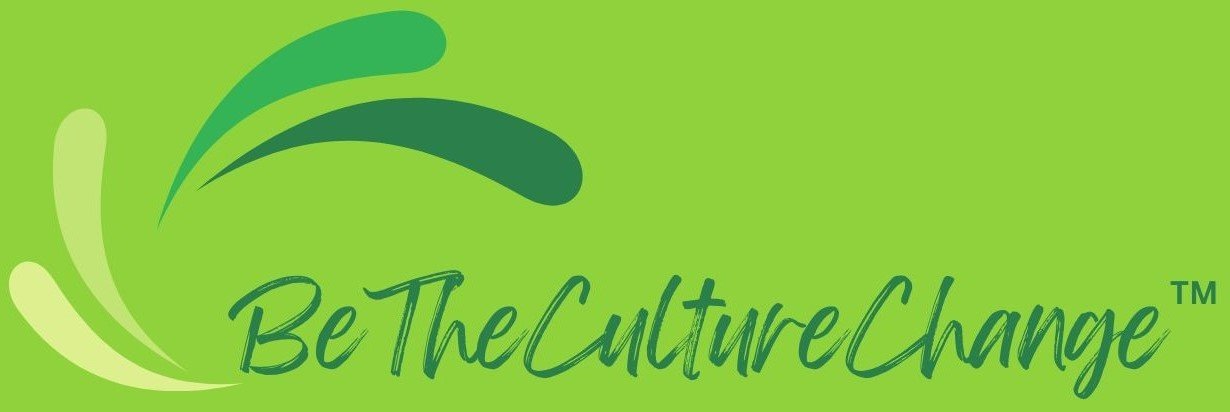Developing ‘Teaming’ in a Traditional Committee
This post describes learning from introducing ‘Teaming’ to a large committee. The members were key to creating a culture of Aim High, Feel Safe, Team Up, Fail Well, Learn Fast.
At the outset, this group was an example of how historical, hierarchical custom and practice can suffocate the potential of motivated, talented people and lead them to feel frustrated, disengaged and powerless. Releasing the group from its habitual, straight-jacketed dynamics required a modest investment of time, skilled facilitation, building trust and a clear ‘why’ for the development work.
I worked with this diverse group of 17 clinical, specialist, nursing and management colleagues on six occasions. We will call them the Clinical & Ops Management Group (COMG). When I met them, it seemed to me that they functioned as a formal committee with a largely standard agenda from one month to the next. Between them, they have responsibility for all aspects of the services run in the hospital and in outlying locations.
As part of the early work, the outcomes they decided they wanted to achieve from the development process were:
1. To agree a clear, shared purpose for COMG (Aim High)
2. For every member of COMG to be able to fully contribute (Team Up)
3. For everyone to be more comfortable to challenge each other positively (Feel Safe)
4. To regularly take time to reflect on COMG's effectiveness (Fail Well, Learn Fast)
5. For COMG to be more open, transparent, visible and meaningful to staff (Lead Collectively)
Key learning points
Despite its large size, using an evidence-based team diagnostic (Affina OD) meant I could quickly engage this group in recognising where improvements were needed, to optimise their collective impact and value.
The group’s lack of clear, shared and agreed purpose underpinned many of the difficult dynamics which had become an accepted norm for this group, limiting its effectiveness and impact.
Some of the group members were cynical, jaded and unconvinced that anything would improve. However, the one thing that galvanised them all was that they hated or dreaded attending COMG and wanted to stop the negative feelings associated with the group and its dynamics. Stopping something horrible can be a strong motivator!
Improving psychological safety in the group, and helping them pay attention to this, was perhaps the most critical aspect of achieving progress.
Members of the Leadership Trio (who were themselves doing collective leadership development ) modelled different ways of interacting and behaving in the COMG environment. This provided an important signal to the rest of the group that behaviour change was both possible and desirable, and that it could be jointly as well as individually achieved.
The limit of 1-hour per development session (at the end of their monthly 3-hour meetings) gave the work focus, and linked it directly into their core work together. It also meant that the group members needed to do some work in between sessions – eg. putting into practice commitments made in the development sessions, making time for different connections and interactions outside the meetings, taking ownership of the development work and in some cases, working on behalf of each other (collective leadership) outside the sessions.
The impact of the work is evident in both quantitative and qualitative terms (feel free to contact me for more details).
New ways of working have become embedded in the group. However, to sustain on-going improvements, the key will be for the group to take full responsibility for its own reflexivity and development rather than relying on my nudging and facilitation. The latest data suggests that positive outcomes are evident and that this is still work-in-progress……
We wanted to engage a far wider range of staff in developing the culture of Aim High, Feel Safe, Team Up, Fail Well, Learn Fast. Some of how this happened and what we learnt is in my next blog post: Teaming for Everyone?
Image by Pexels

